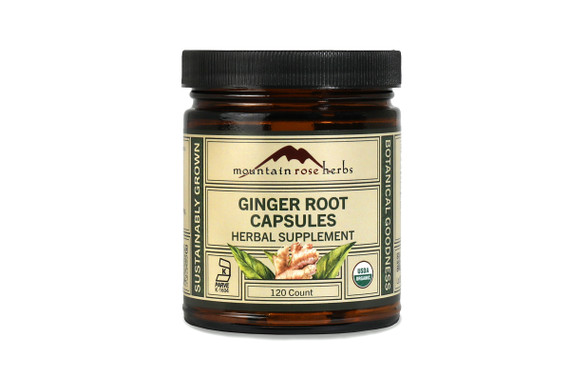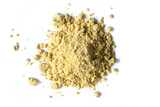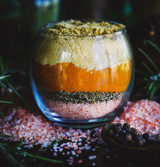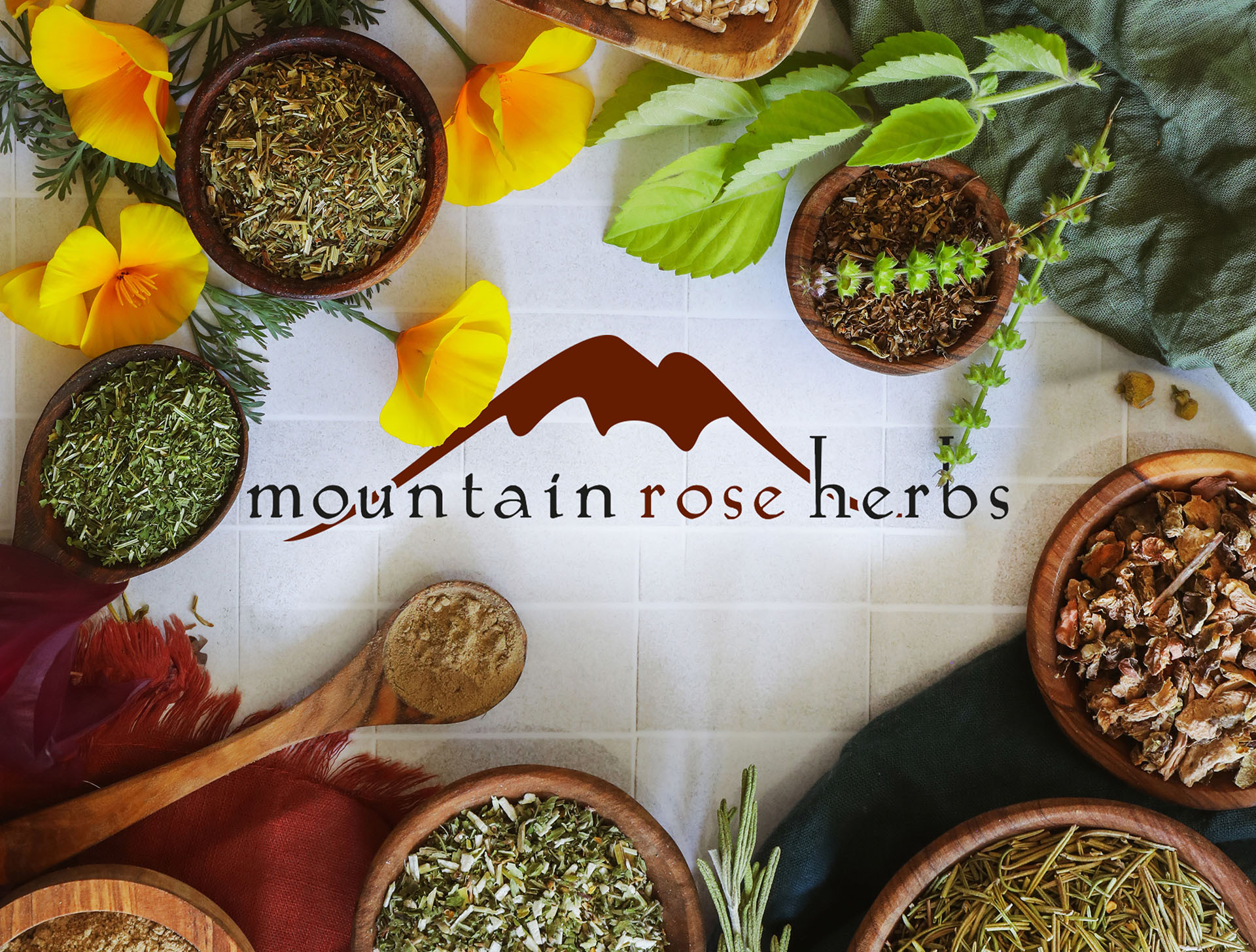Dried ginger root has a pungent, earthy, and spicy flavor that can be used in both cooking and wellness recipes. Its familiar scent is characteristic of fresh ginger but lacks the bright-citrus notes. This cut root can be used to make syrups, infused as tea, blended into herbal formulations, and made into a tincture.
Ginger root, or zingiber officinale, is a tropical herb with a zesty, warming flavor profile that has been used as a spice in food and beverages for thousands of years. Most likely native to tropical Asia, it has been widely cultivated throughout the world’s tropical regions for so long that the exact origin is unclear. The earliest written use references come from antient China and India where it was used both as a seasoning and in the respective traditional medicine disciplines of the regions.
Precautions
No known precautions. We recommend that you consult with a qualified healthcare practitioner before using herbal products, particularly if you are pregnant, nursing, or on any medications.











